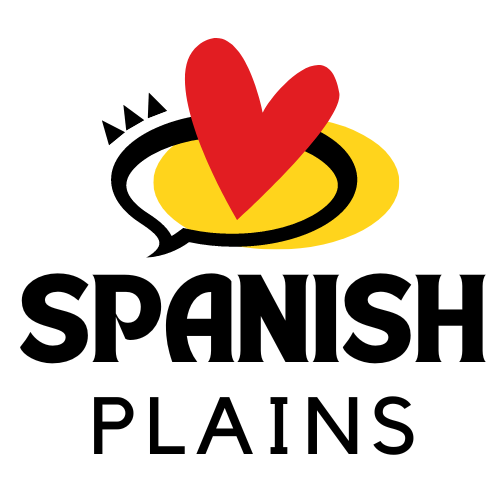Introduction
Mojácar, a beautiful municipality located in the province of Almería, Spain, is a place rich in history and culture. With its captivating whitewashed buildings, stunning views of the Mediterranean Sea, and a rich blend of influences from different civilizations, Mojácar has become a popular destination for tourists seeking a glimpse into its past. Let’s embark on a journey to explore the fascinating heritage and cultural wonders this enchanting town has to offer.
The Origins of Mojácar
According to archaeological evidence, the origins of human settlement in Mojácar date back to the Bronze Age. However, it wasn’t until the arrival of the Moors in the 8th century that the town began to flourish. The influence of the Moors is evident in the architecture and urban planning of Mojácar, with its narrow, winding streets and whitewashed houses adorning the hillside.
The Alcazaba and the Fortress
One of the most iconic landmarks in Mojácar is the Alcazaba, a fortified Moorish palace perched on a hilltop overlooking the town. The Alcazaba offers panoramic views of the surrounding landscape and the Mediterranean Sea, providing visitors with a glimpse into the town’s strategic importance in the past. The fortress, with its well-preserved walls, towers, and courtyards, is a testament to Mojácar’s historical significance.
Mojácar’s Art and Cultural Scene
Mojácar is not only rich in history but also boasts a thriving art and cultural scene. The town has attracted many artists and bohemians over the years, drawn to its peaceful ambiance and stunning vistas. Numerous art galleries and studios can be found throughout the town, showcasing the talents of local and international artists. Additionally, Mojácar hosts various cultural events and festivals throughout the year, offering visitors the opportunity to experience the vibrant local traditions and customs.
The Indalo Symbol and Legend
Mojácar is synonymous with the Indalo symbol, a stick figure representation of a man holding an arch over his head. This ancient symbol, believed to bring protection and good luck, has become the emblem of both Mojácar and the broader region of Almería. Legend has it that the Indalo figure was a prehistoric deity who protected the locals from evil spirits and brought happiness. Today, you can find various souvenirs and handicrafts featuring the Indalo, making it a popular souvenir for visitors.
FAQs Section
What is the best time to visit Mojácar?
The best time to visit Mojácar is during the spring or fall when the weather is mild and pleasant. This ensures comfortable exploration of the town’s historical sites and outdoor activities without the scorching summer heat or winter chill.
Are there any local delicacies to try in Mojácar?
Absolutely! Mojácar offers a variety of delicious local delicacies that should not be missed. Try the famed “gurullos,” a traditional dish made with pasta, rabbit, and various vegetables. Another must-try is the “migas,” a hearty dish made with fried breadcrumbs, garlic, and pork. Don’t forget to savor the local olive oil and wines, which are renowned for their exceptional quality.
Is Mojácar family-friendly?
Yes, Mojácar is an excellent destination for families. The town’s tranquil atmosphere, beautiful beaches, and cultural attractions make it an ideal place for both adults and children. There are also various kid-friendly activities and entertainment options available, ensuring a memorable and enjoyable experience for the whole family.
How do I get to Mojácar?
Mojácar is easily accessible by both car and public transportation. The nearest airport is Almería Airport, which offers domestic and international flights. From there, you can rent a car or take a bus to reach Mojácar. Alternatively, there are also bus services connecting Mojácar to other major cities in Spain.
